Who doesn't know them; special looking books with a chic, golden edge? The making of books was once - literally and figuratively - monastic work. Halfway through the fifteenth century this changed. Book printing came to life. The technique 'cut-edge gold', which then served to protect the paper, is still used in printing today. Today, the name is somewhat less chic, but the visual impact is all the greater. Colour on cut or Edge colouring is, as the name suggests, a way of colouring the edges of the paper. This finish gives printed matter a refined, elegant look.
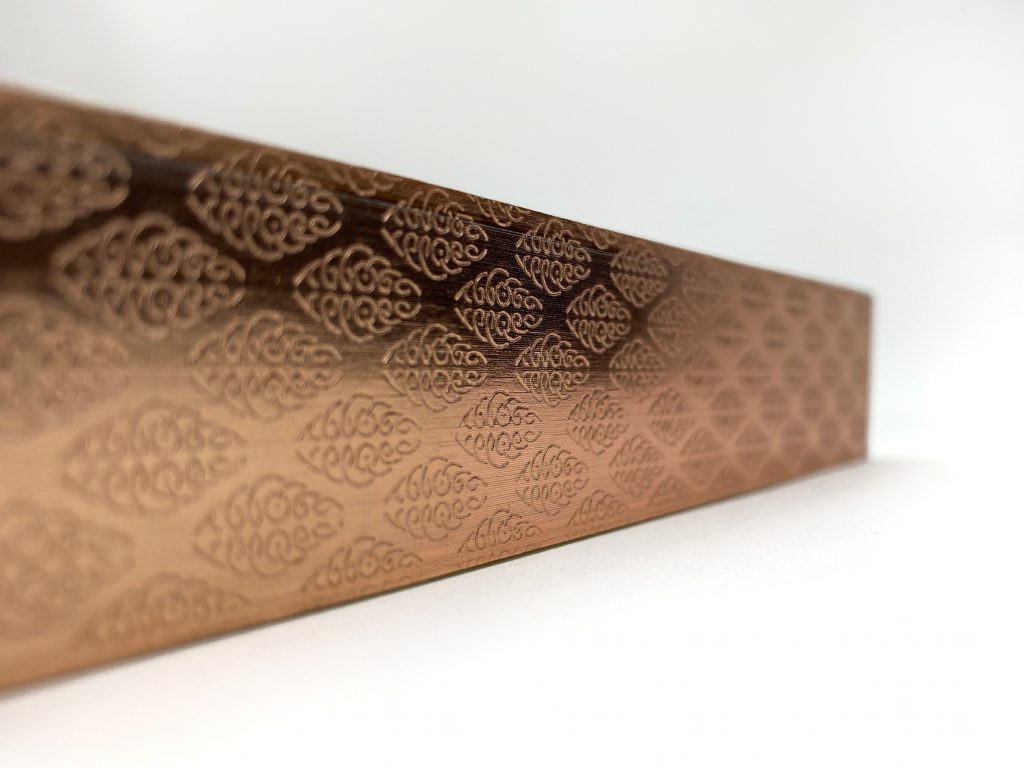
Used to be very common. Books with a decorated gold finish on the side or top. Often this only happened at the head of the book. After all, only the top, of the book that was decorated with gold leaf, was visible. This finishing technique ensured that the pages were protected against dust and light. In short, fully functional. Nowadays no less functional, but mainly intended to give a product real extra prestige.
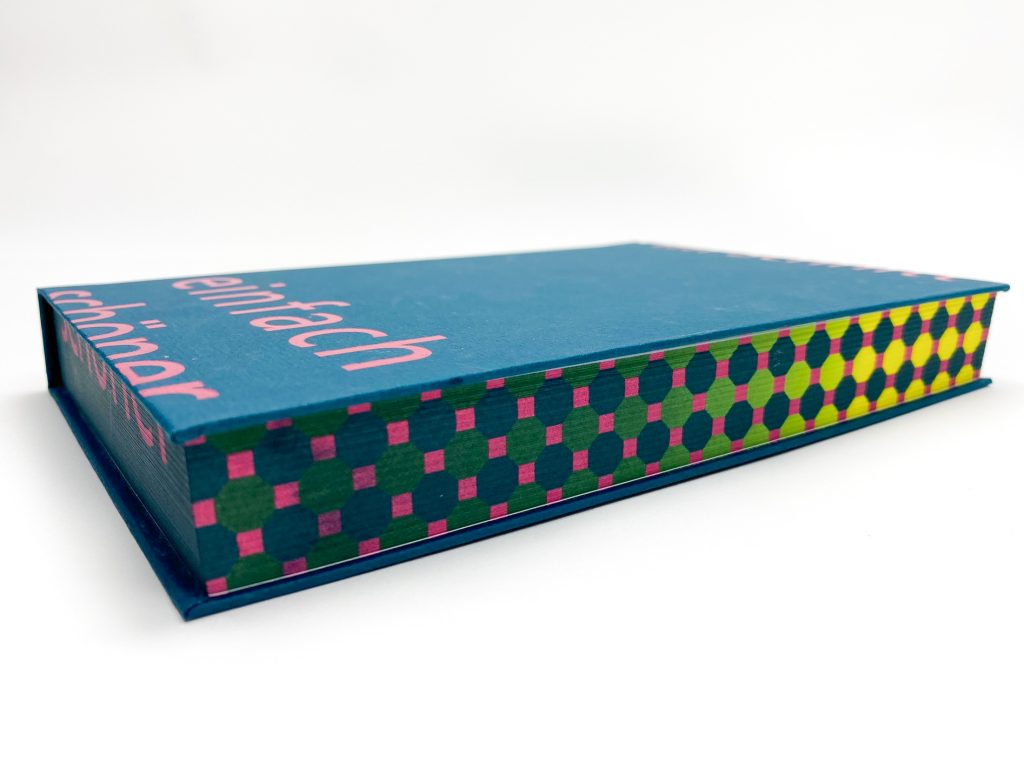
Foil vs. colour cut
Colour on cut is a finishing technique in which colour or metal foil is applied to the cutting edges of the printed matter. In order to apply this to a book, the copy is first compressed under high pressure. Then the book block cuts are sanded mirror-smooth, making it possible to apply the foil evenly and with the correct adhesion to the book block.
There are metal films (gold and silver cuts) that shine and colour films that appear matt. Colour cuts are possible in all kinds of colour shades. Due to new inkjet techniques it is nowadays also possible to provide the book blocks on the edge with an image of your choice. Sanding the mirror-smooth and compressing the book block under pressure then has to be done with extra care to prevent ink ingress. Depending on budget, colour and purpose, we look at which technique fits best.
The foil application gives the most tight and stabbed end result. The 'colour' is then really on the edge of each page. More design choices are possible when choosing inks'.
Peter Bongers
Account Manager NPN Printing
Foil and colour cut: how does it work?
The application of foil cut can be compared to a normal stamping foil. The transfer layer of the foil is transferred to the compressed section of the book with a hot silicone roller. Because the finished pages stick together easily, the book must then be 'blown out' by hand.
Where in the past the well-known gold foil was used as standard, now almost every colour is conceivable. Silver foil on cut, but also metallic colours and holographic foil are an option.
Colour on cut is applied in a special machine with inkjet nozzles and then cured under UV light. The advantage: it is immediately dry. As a result, the ink does not run between the pages, so they do not stick together when the book is opened. The book block can therefore be processed immediately. In addition to different colours, this technique can also be used to print changing texts and motifs on the pages.
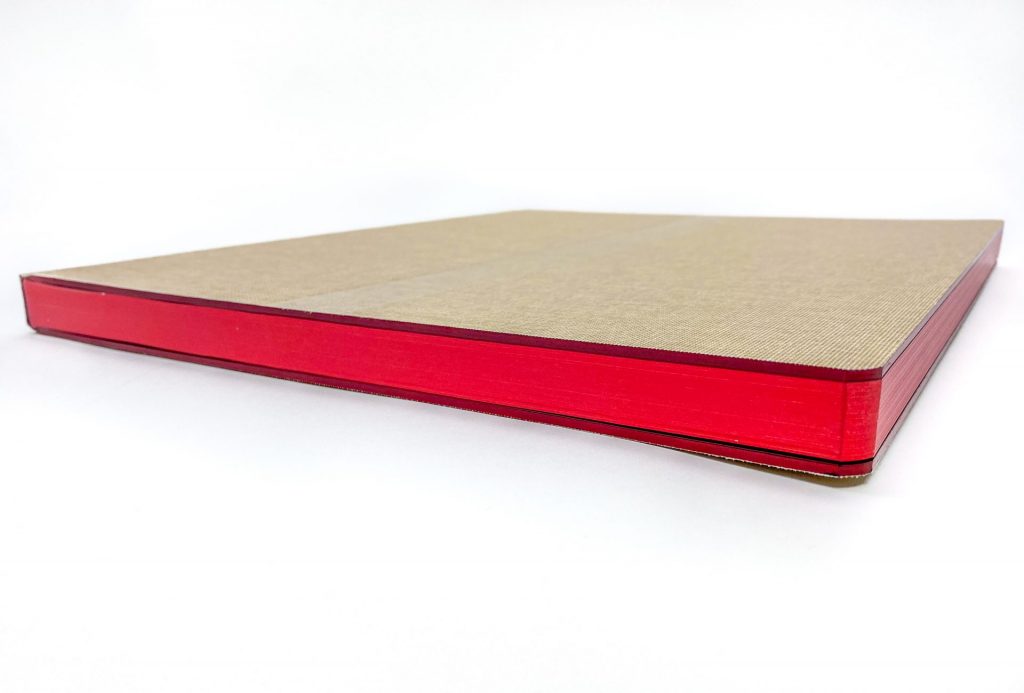
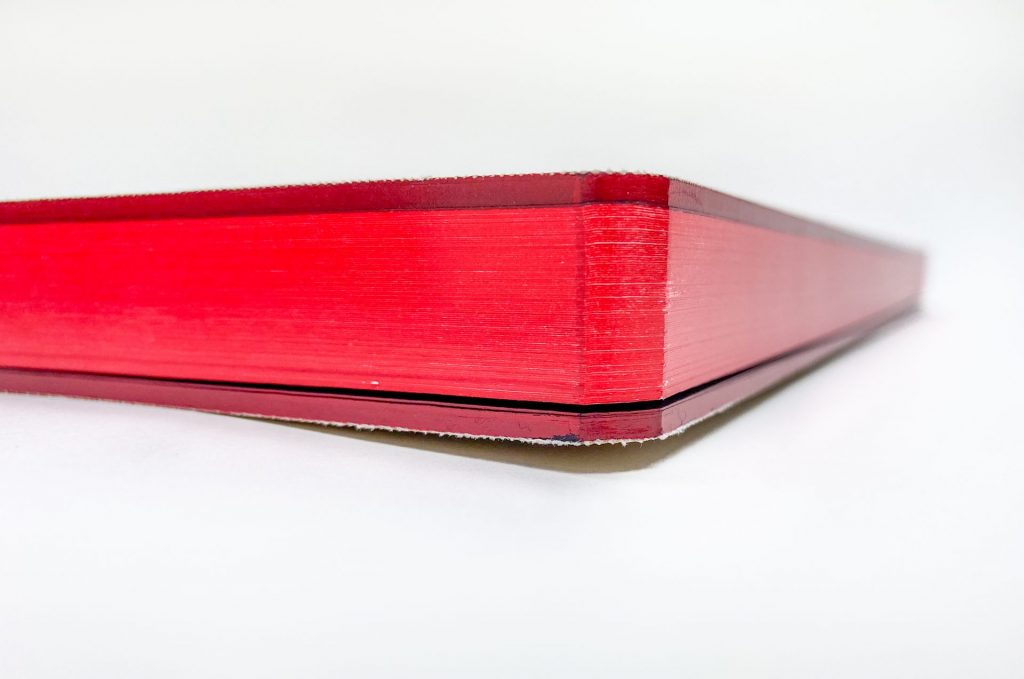
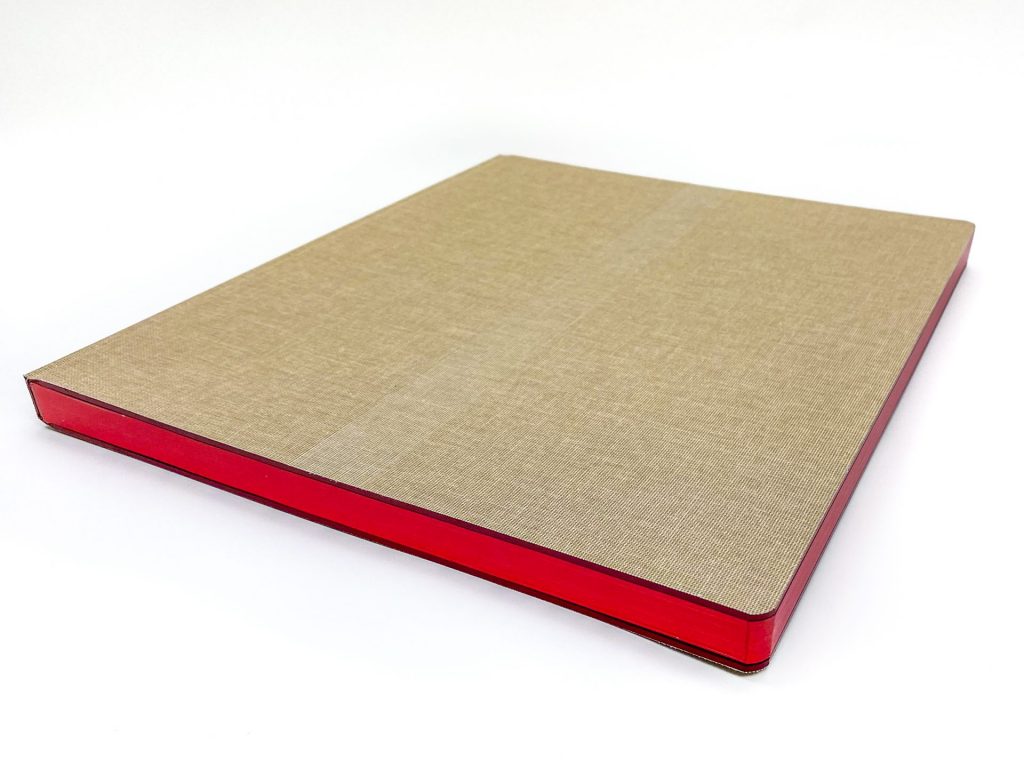
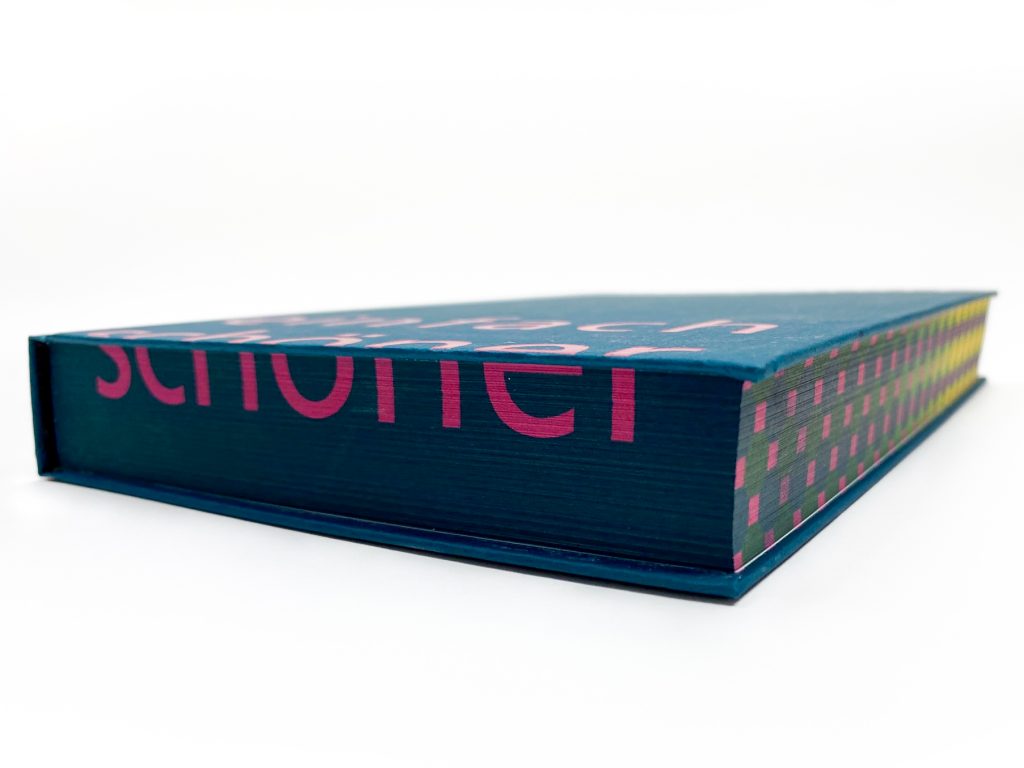
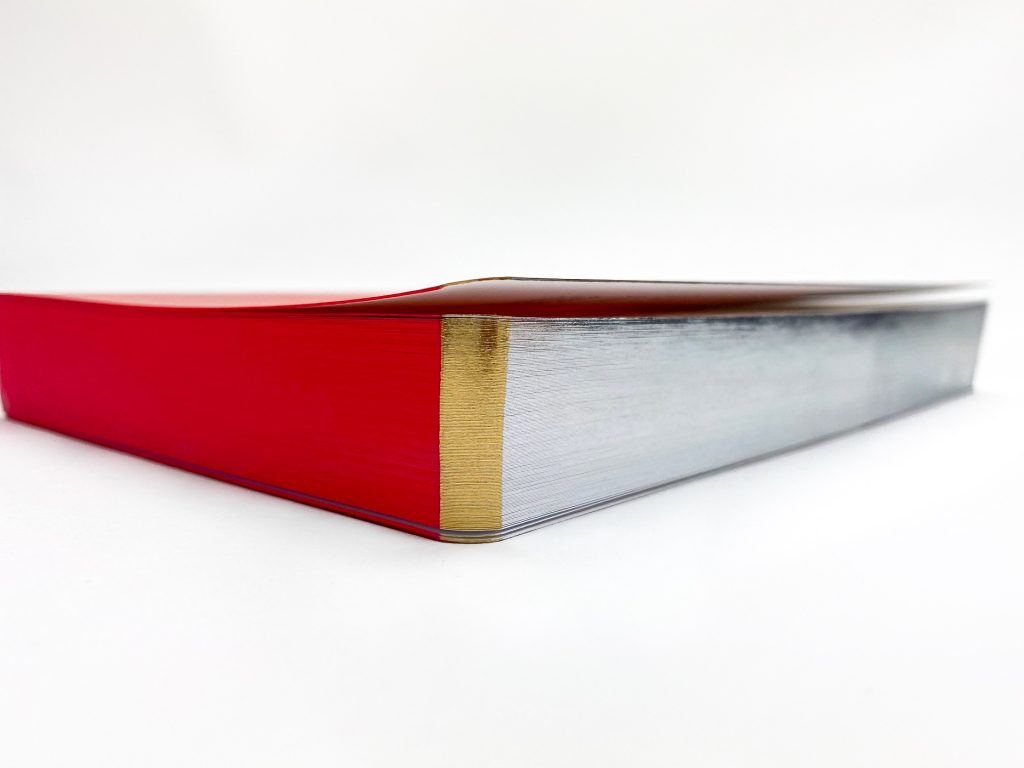
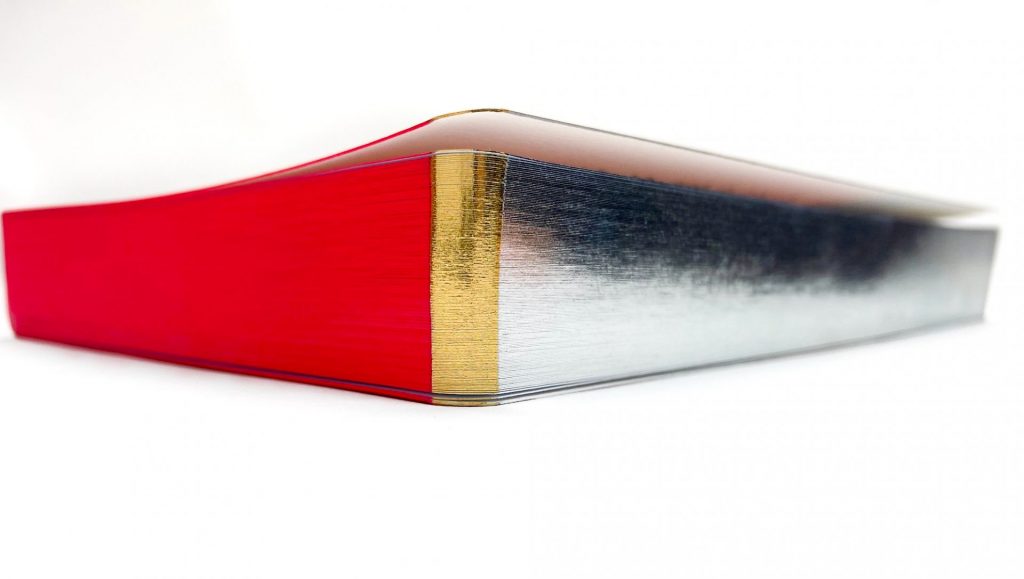
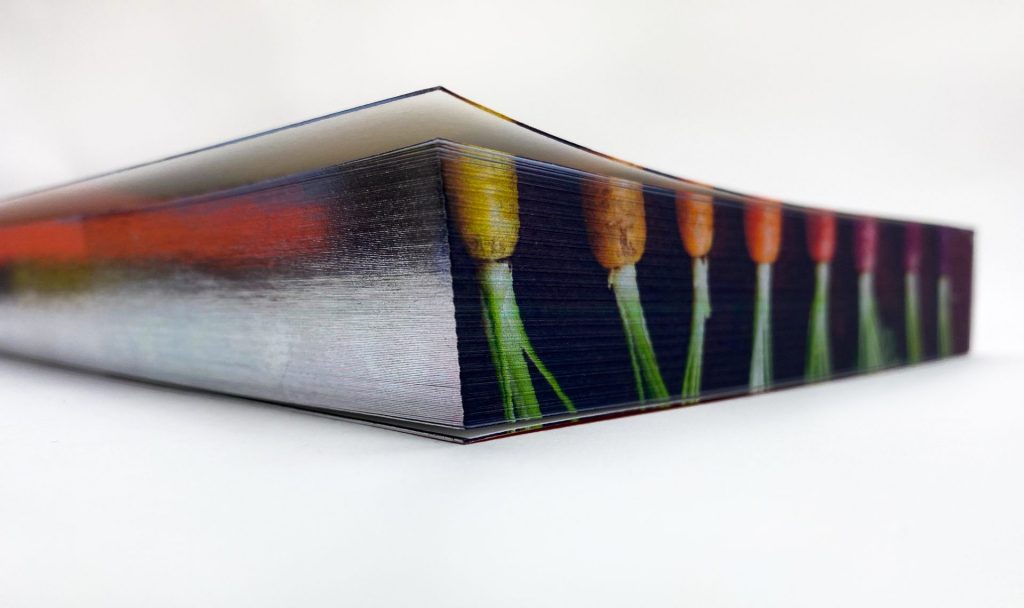
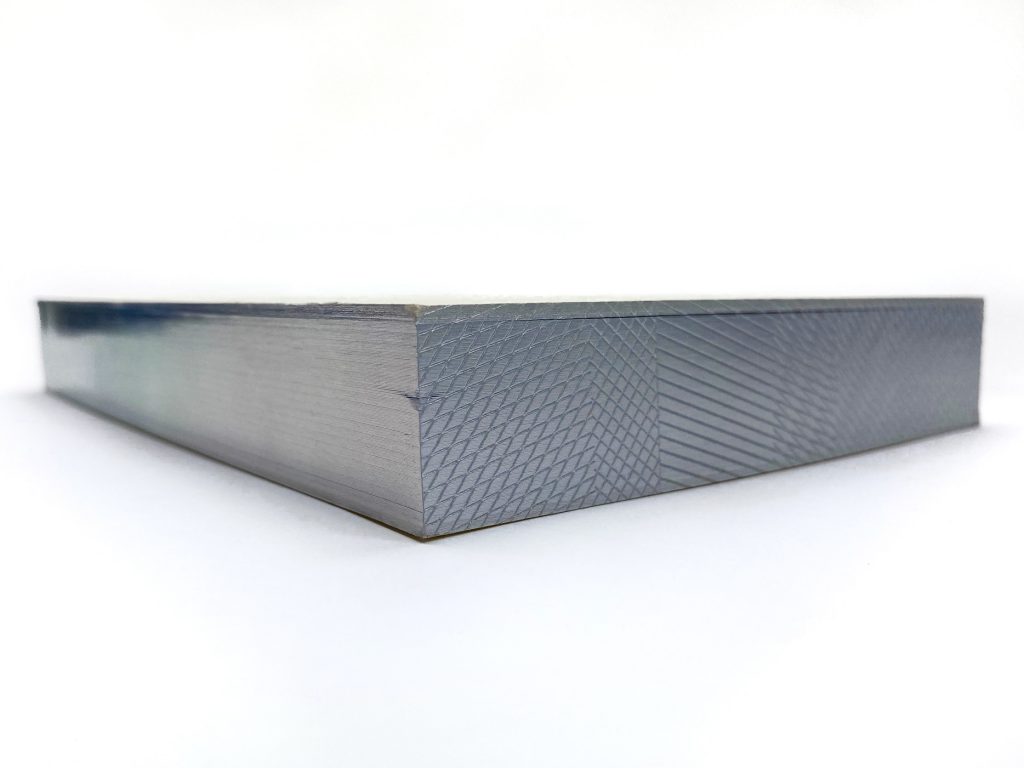
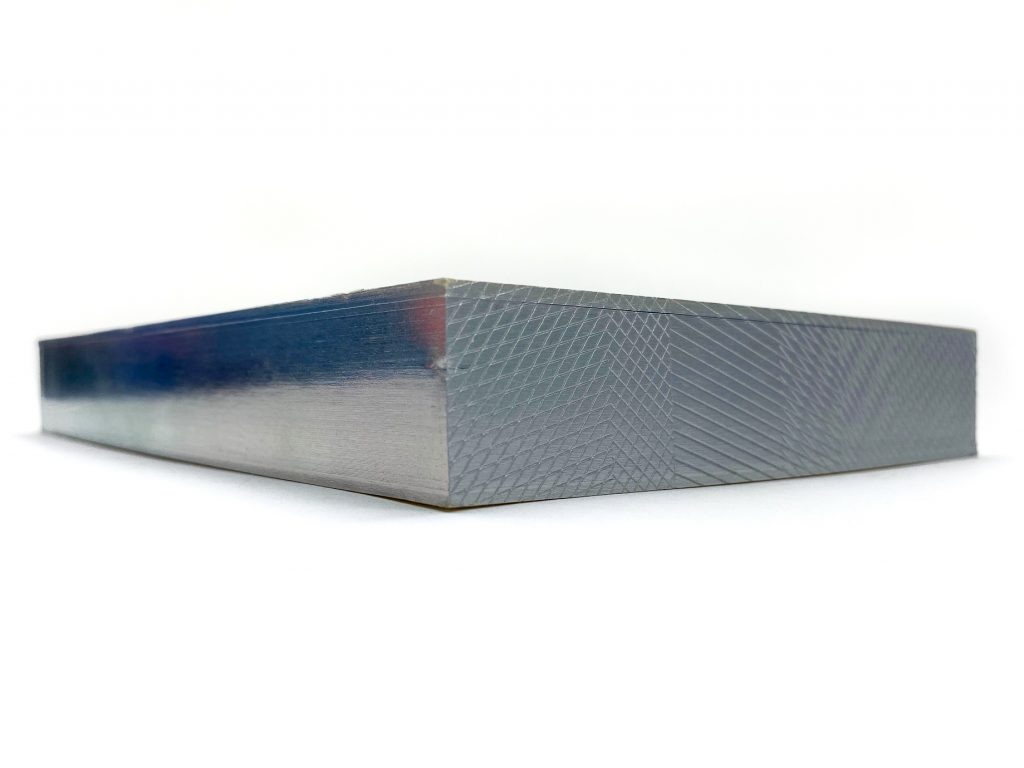
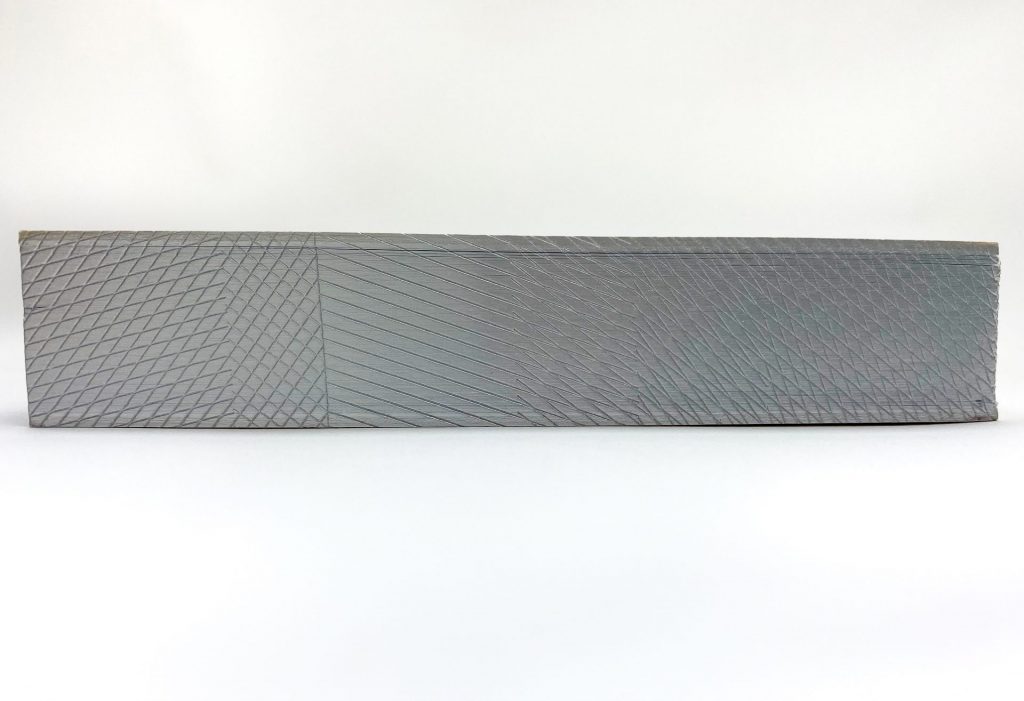
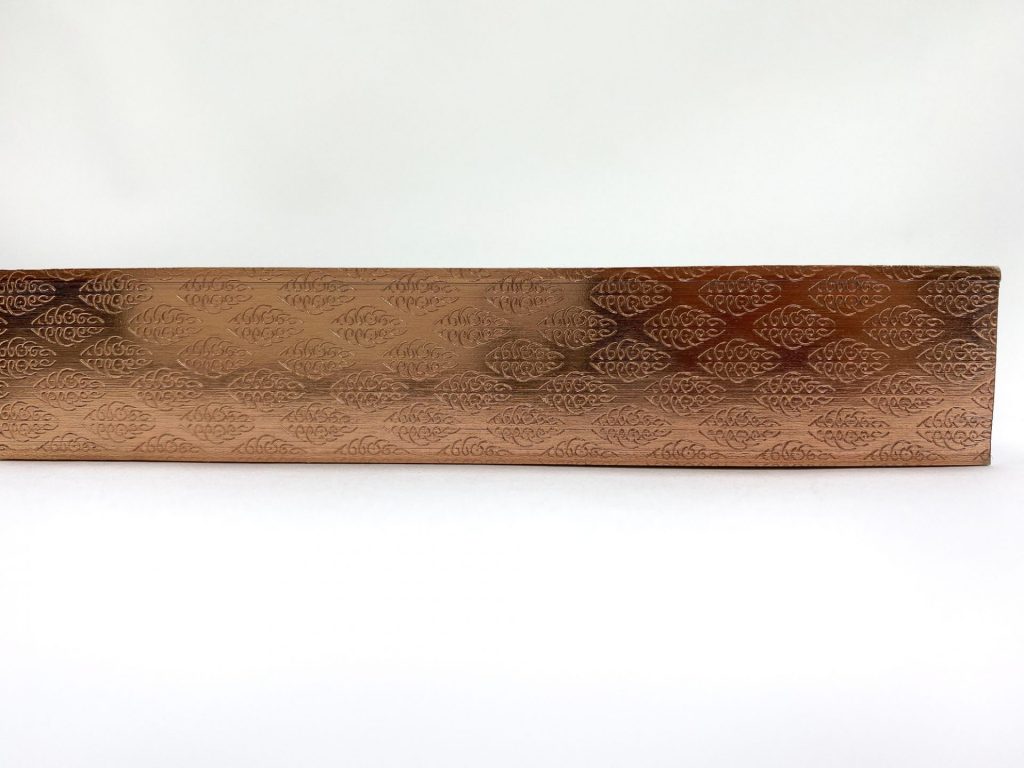
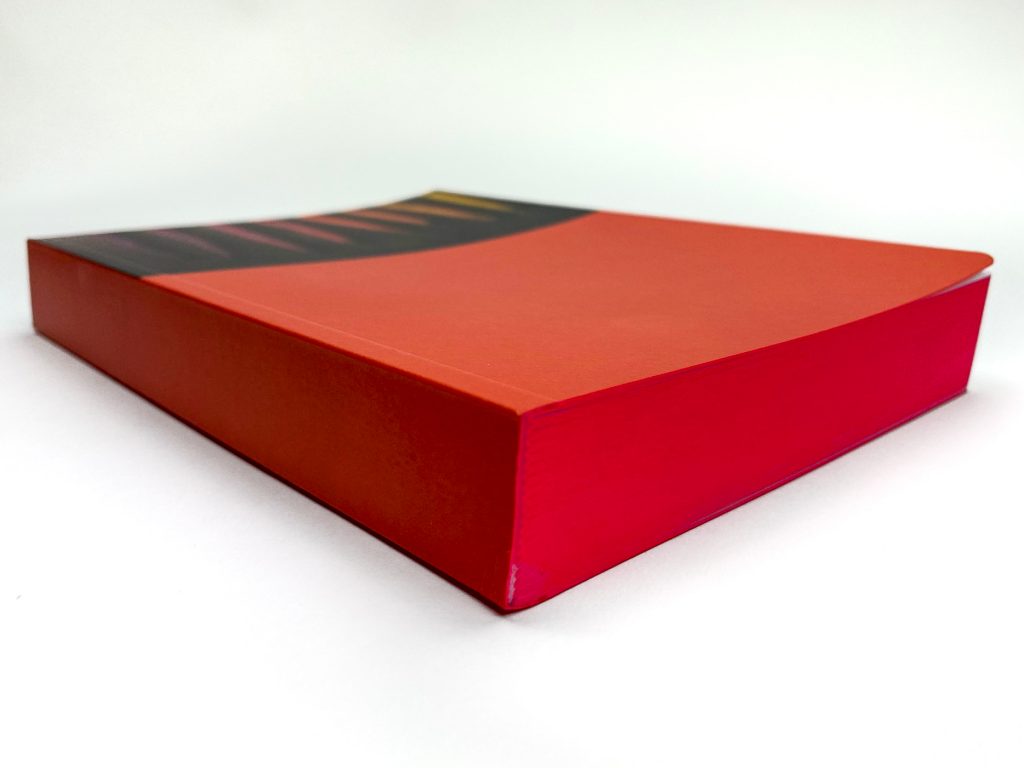
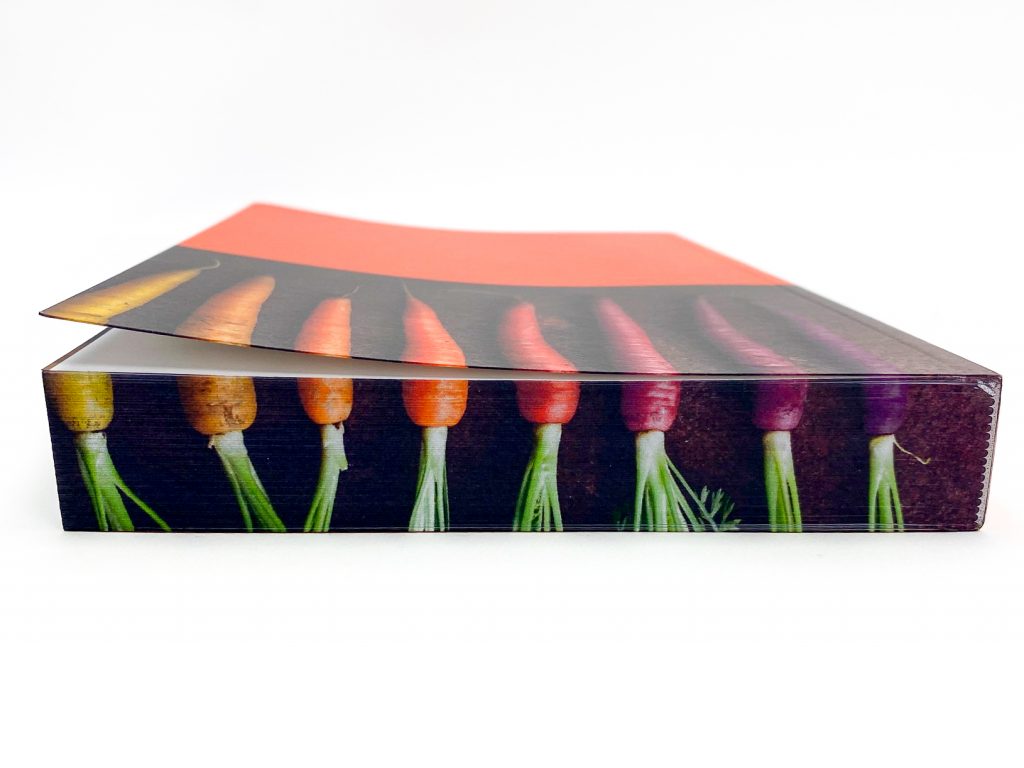
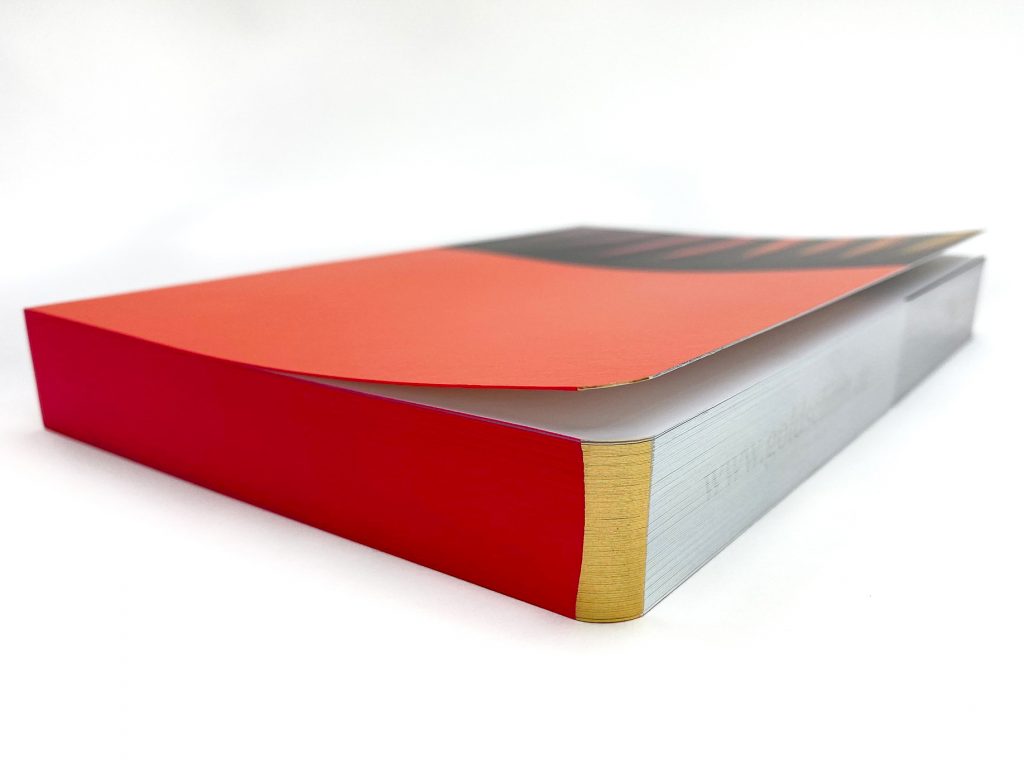
Added value
Printing with colored sides is used by NPN Printing on several products. A notebook, business card or book immediately stands out when color on cut is applied. When used deliberately, color-on-cut has a reinforcing effect in relation to the other design features of books. In this way, it can add something to the content of a book. Because of its exclusive character, color and foil on binding have a very high attention value. And exactly that is the added value of printing in this day and age!


